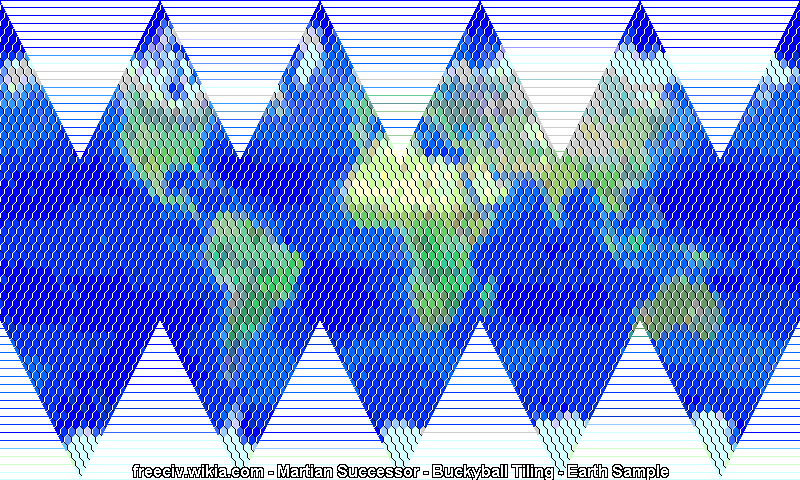Orthoceros, what you propose is most cool thing I can imagine in Civ games! I wish I can code my own game from scratch, but I never coded anything with 3D graphics so it would be painful. Especially I cannot imagine how to code such map you propose, but I am good in game designing. I once coded map editor, but with big (640x512) flat 2D Earth map imported from graphics file (upside view) - I had idea about exteding it to whole game but I abandoned project because it was started on Amiga, and I bough finally PC in 1998 year. I have this code on emulator anyway, but as I said it was 2d and in basic extended then to some assembler improvements (Motorola rulez - no memory segmentation limit). Anyway it would be painful to redo this code and it is useless today.
I dream about making game with realistic spherical planet maps, and not only one planet in the game but whole galaxy. Yeah, like connecting best from Civs, Emperor of Fading Suns, Masters of Orion, Frontier (had huge Milky Way Galaxy map and game fitted on one diskette!), Alpha Centauri (though about making planet map not flat, but have plots to get different elevation like in AC?).
Also I though about making cube wrote on sphere map types like this one:
It does not looks perfect, as such "sphere" would have the same distance in plots on top as in on equator. Also there 8 vertex/poles which have one diagonal neighbor less than other plots. Anyway it would be easier to code, and I could use 2d map representation in such case at start while trying to learn how to make 3d map.
Looking for other projects I also found this:
http://freeciv.wikia.com/wiki/Talk:Sphere
It is not perfect anyway too, but easier to 2d representation too:



 I have few ideas how to code. I even considered to rewrite or expand my old Amiga code under emulator, but then there would be no spherical planet maps, if I will base it on it, while spherical maps is thing I looking the most in such game as I like realism.
I have few ideas how to code. I even considered to rewrite or expand my old Amiga code under emulator, but then there would be no spherical planet maps, if I will base it on it, while spherical maps is thing I looking the most in such game as I like realism. ).
).
